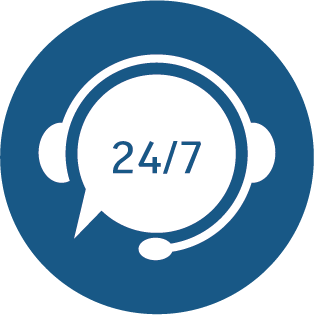Nose Job
How is Rhinoplasty performed?
Differences in the overall structure of the face can affect a person’s social life and also lead to various health problems. The nose is one of the most defining features of the face and is effective in making the facial lines look good in a basic sense. Many individuals complain about having a nose that is too large or lacks proper shape. Additionally, the presence of nasal bones can cause difficulty in breathing. In such cases, rhinoplasty is performed.
Rhinoplasty is a surgical procedure that involves reducing the size of the nose, correcting a humped nasal structure, lifting the nasal tip, removing nasal bone structures that hinder breathing, and addressing other nasal issues. Prior to the rhinoplasty procedure, the individual is examined to determine their desired nose structure. Their overall health condition is assessed, including any previous surgeries or health problems. Their smoking and alcohol consumption habits are also evaluated. In addition to these, the patient is given necessary information about how the operation will be performed and its risks.
After Rhinoplasty Surgery
The duration of rhinoplasty surgery varies depending on the operation and the awakening process, and it takes approximately 1-2 hours. After the nose surgery, a tampon is placed inside the nose and a plaster splint is placed on the back of the nose. After the surgery, the eyelids are closed with a plaster to minimize the swelling in the eyes. After the surgery, the person can return home on the same day without needing to stay in the hospital. Headache, nose pain, muscle pain, swelling in the face, bruising and fatigue can be experienced after surgery. To reduce these complaints, the medications prescribed by the doctor should be used. Due to the tampons in the nose, the person has difficulty in breathing. Therefore, it is necessary to sleep with several pillows under the head.
After rhinoplasty surgery, there is no possibility of scarring because the operation is performed inside the nose. After surgery, there may be problems such as infection, bleeding or problems related to anesthesia. There may be thin vascularization on the nose. Tampons are removed 1 to 3 days after surgery. The plaster is changed in 5 to 7 days and completely removed in 10 or 12 days. Care should be taken not to hit the nose in any way for two months. The massages recommended by the doctor should definitely be done.





